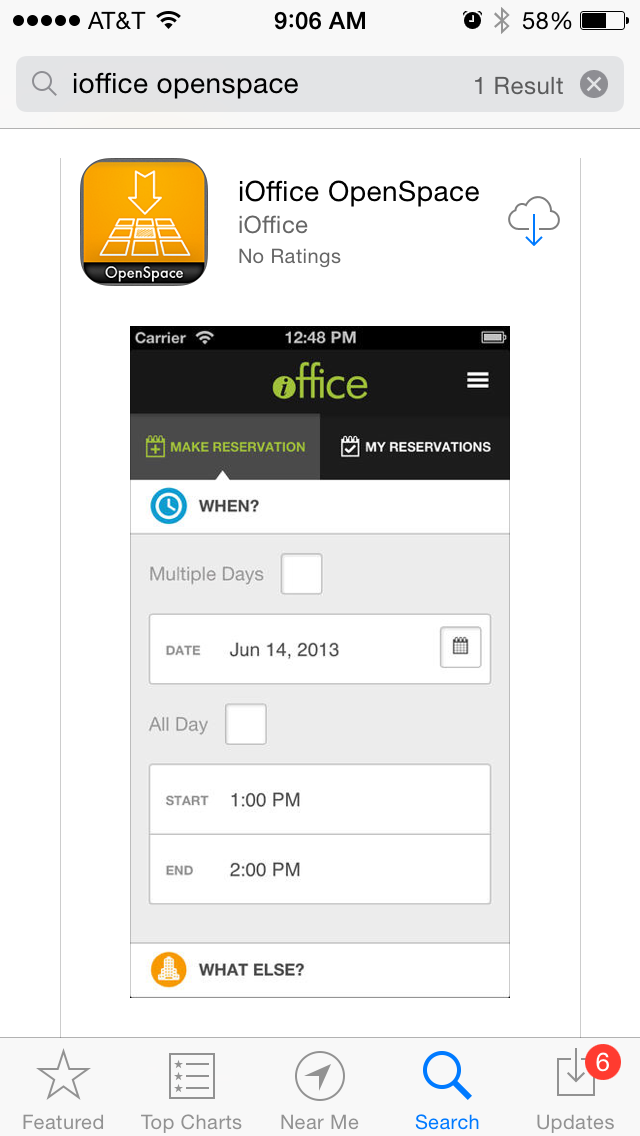Companies Turn to Mobile Apps to Enhance User Experience


It doesn’t seem all that long ago that the World Wide Web was introduced. What a world it opened up for us. Since that revolutionary time in the early 1990s, we have watched this invention evolve, coming to rely on it for many aspects of our daily lives. In its infancy, the internet was something used only by the most fortunate, and companies had to dedicate entire rooms to the hardware this technology required. Since those early days, the web has become such the norm that you rarely meet someone without an internet connection close at hand. With more and more people accessing the web via smart phones and tablets, many developers are now creating mobile friendly apps to aid their clients when unable to access a computer. These mobile apps enhance the user’s experience, creating a faster and more personable service at a moment’s notice.
Originally, mobile applications were developed for basic information retrieval and productivity, such as email, calendars, contacts and real-time weather information. As smartphone and tablet usage became more prevalent, however, public demand for a variety of apps rose as well. Mobile application growth saw a particularly high growth in 2013. A recent study by Gartner projected that “by 2017, mobile apps will be  downloaded more than 268 billion times, generating revenue of more than $77 billion and making apps one of the most popular computing tools for users across the globe.” The fact that 92% of mobile app downloads are free makes this number even more staggering. Based on this study, Gartner predicts “that mobile users will provide personalized data streams to more than 100 apps and services every day.”
downloaded more than 268 billion times, generating revenue of more than $77 billion and making apps one of the most popular computing tools for users across the globe.” The fact that 92% of mobile app downloads are free makes this number even more staggering. Based on this study, Gartner predicts “that mobile users will provide personalized data streams to more than 100 apps and services every day.”
This movement towards app usage is not only for personal use; many organizations are realizing that mobile apps are the perfect tool for collecting data about their customers’ needs. These apps provide them with the data and metrics to understand the client’s need now, as well as predict their future desires. And there is no better way to increase customer loyalty than to deliver quality service, right when a client needs it. As a result of this increasing trend, Gartner further predicts that by 2015, mobile apps will no longer be limited to just smart phones and tablets. They will affect everything from smart home appliances to automobiles and wearable devices.
Aside from collecting data and analytics on their consumers, many facilities are also adding mobile apps to their employees’ toolbox, affording their employees a steady stream of information that is shareable amongst fellow co-workers. Software vendors such as iOffice have added mobile apps that are compatible with their web-based software modules, allowing employees immediate access to necessary information from wherever they can connect to a Wi-Fi, Internet, or cellular network. This connectivity ensures work continuity and increased productivity, as well as encourages communications amongst staff.
iOffice’s software modules are coupled with a suite of mobile apps that enable users to take a more proactive and responsive approach, regardless of their location. Access to these mobile apps is delivered through almost any browser and mobile device, delivering immediate access to real-time data, metrics and summary reports. We work tirelessly to ensure our mobile apps are as simple and streamlined as possible, even for the most complex of tasks. With so many professionals constantly on the go, our clients can depend on their data to be delivered accurately, dependably and with speed, enabling for a truly mobile workforce.
